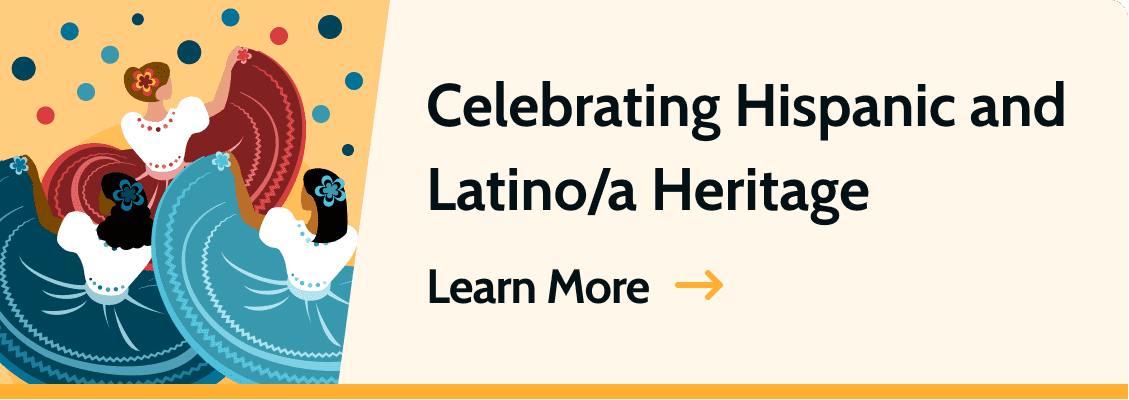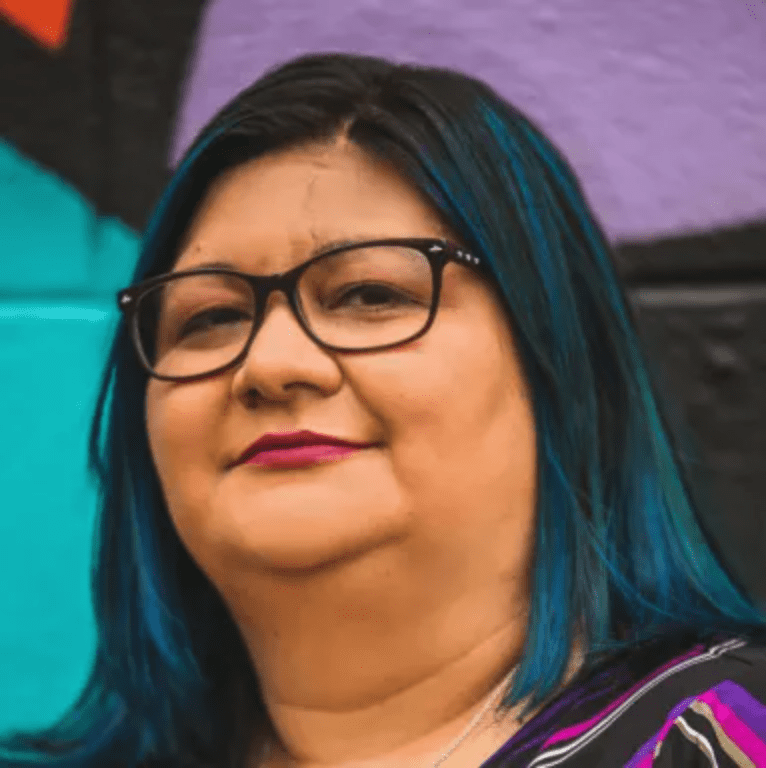7 Must-Read Books by Hispanic and Latino/a Authors
Writer
Editor & Writer
Writer
Editor & Writer
- Books are vital resources for learning about different cultures.
- Americans celebrate Hispanic Heritage Month annually from Sept. 15-Oct. 15.
- Americans from many countries contribute to Hispanic and Latino/a culture in the U.S.
Advertising Disclosure: Our team independently selected these products. If you purchase a product through one of our links, we may collect compensation. Pricing and availability are accurate at the time of publication.
Hispanic Heritage Month, observed from Sept. 15-Oct. 15, is a time to learn, celebrate, and build community. Sept. 15 was chosen to mark the anniversary of the independence of El Salvador, Guatemala, Costa Rica, Nicaragua, and Honduras. Mexico celebrates its independence on Sept. 16, while Chile celebrates on Sept. 18.
Hispanic and Latino/a culture is American culture and includes the histories of Americans of Spanish, Caribbean, South American, Central American, and Mexican ancestry.
Whether you're Hispanic or Latino/a or are simply interested in learning about this culture, books are vital resources. To help you celebrate Hispanic Heritage Month, we offer this list of must-read books by Hispanic and Latino/a authors.
The House of the Spirits
By Isabelle Allende
Influenced by "One Hundred Years of Solitude," a classic Spanish novel, Isabelle Allende's "The House of Spirits" follows the fictional Trueba family for three generations.
This novel traces the postcolonial social and political landscape of Chile and features fictional representations of actual Chilean historical figures.
Allende is an award-winning Chilean writer whose fiction blends myth with realism while highlighting women's lived experience. Her novels include elements of magical realism, a style of literary fiction wherein magical elements influence an otherwise realistic world.
How the Garcia Girls Lost Their Accents
By Julia Alvarez
"How the Garcia Girls Lost Their Accents" is written by Julia Alvarez, a Dominican-American writer. Told from the perspective of four fictional sisters, Alvarez's novel details the difficulties of immigration.
The sisters grow up in the Dominican Republic and start their adulthood in the United States after fleeing their home country to escape the dictatorship of Rafael Leónidas Trujillo.
The novel is structured in reverse-chronological order and spans 30 years. Themes include coming of age, cultural assimilation, and identity confusion.
Juliet Takes a Breath
By Gabby Rivera
"Juliet Takes a Breath," added to the American Library Association (ALA) Over the Rainbow Project book list in 2017, is a contemporary novel by Gabby Rivera, a writer from New York.
The young adult (YA) novel chronicles the coming of age of a young Latina from the Bronx named Juliet.
After coming out to her Puerto Rican family, Juliet spends a summer in Portland, Oregon, working as an intern for a white feminist writer.
The Worst Best Man
By Mia Sosa
Mia Sosa's novel "The Worst Best Man" is a best-selling romantic comedy that follows wedding planner Carolina after she is left at the alter.
"The Worst Best Man" is influenced by Sosa's Brazilian heritage and the societal and familial challenges of living as a woman of color.


Mi Voz, Mi Vida: Latino College Students Tell Their Life Stories
By Andrew Garrod, Robert Kilkenny, Christina Gomez
This nonfiction collection includes stories from 15 Latino students from various backgrounds.
Though American, their descendants include people from Dominica, Puerto Rico, Cuba, Mexico, Dominica, and Central and South America.
The book shares their stories of poverty, education, and immigration in the United States to show how these issues impact young Latino/as.
The House on Mango Street
By Sandra Cisneros
A modern classic, "The House on Mango Street" was written by Sandra Cisneros, a renowned Mexican-American writer.
"The House on Mango Street" borrows from the author's life experience to detail the coming-of-age of Esperanza, a 12-year-old Chicana girl living in Chicago.
Through many small vignettes, the novel explores identity, sexuality, class, and ethnic and gender identity.
Our America: A Hispanic History of the United States
By Felipe Fernández-Armesto
"Our America" reclaims the Hispanic heritage of the United States. Fernández-Armesto reflects on the history of Hispanic life in America, disrupting the misconception that the United States began when English people settled in Jamestown.
In this nonfiction work, the author takes readers on a journey to the first colonies in Puerto Rico and Florida and introduces them to the Spanish missionaries and rancheros who settled in California in the late 18th century.














